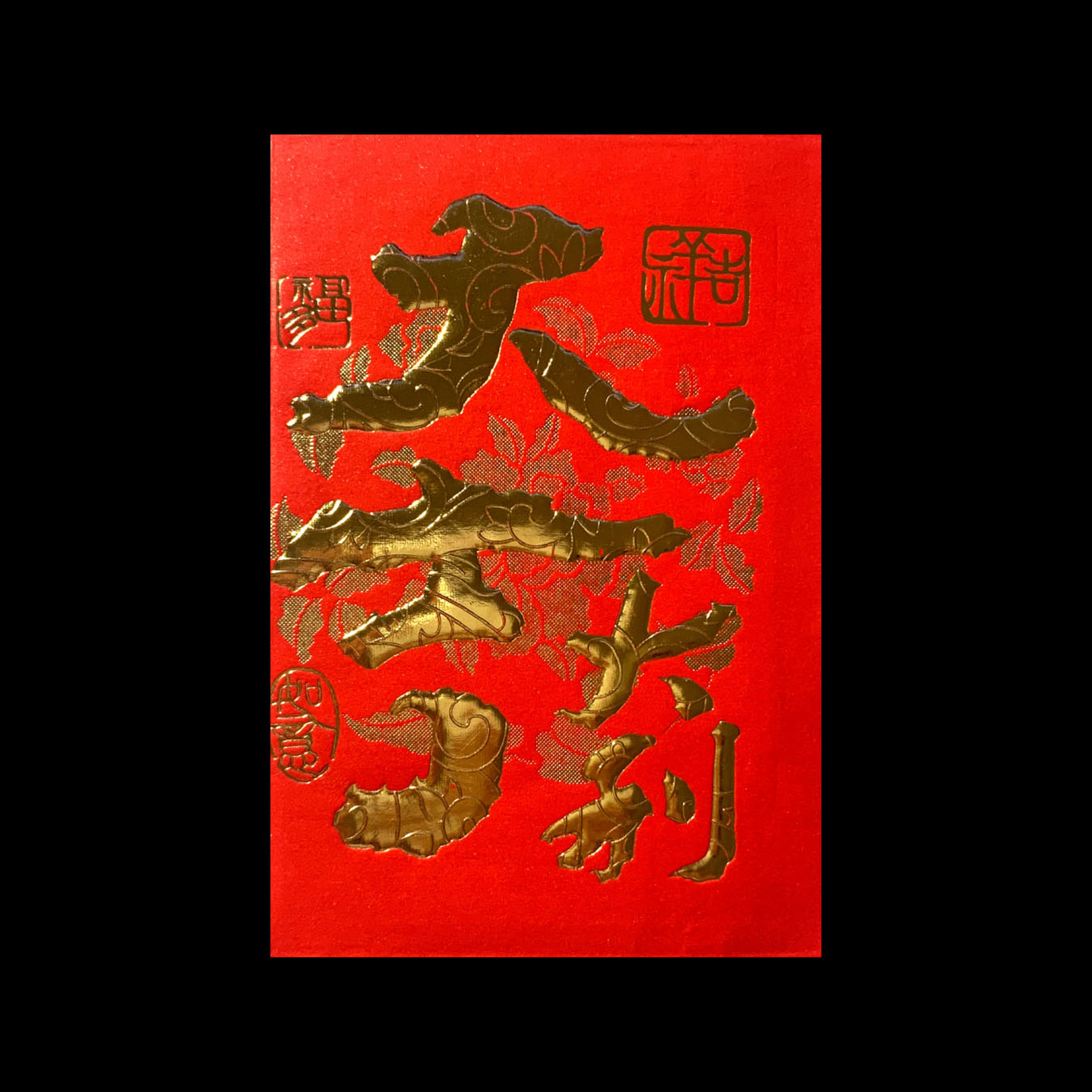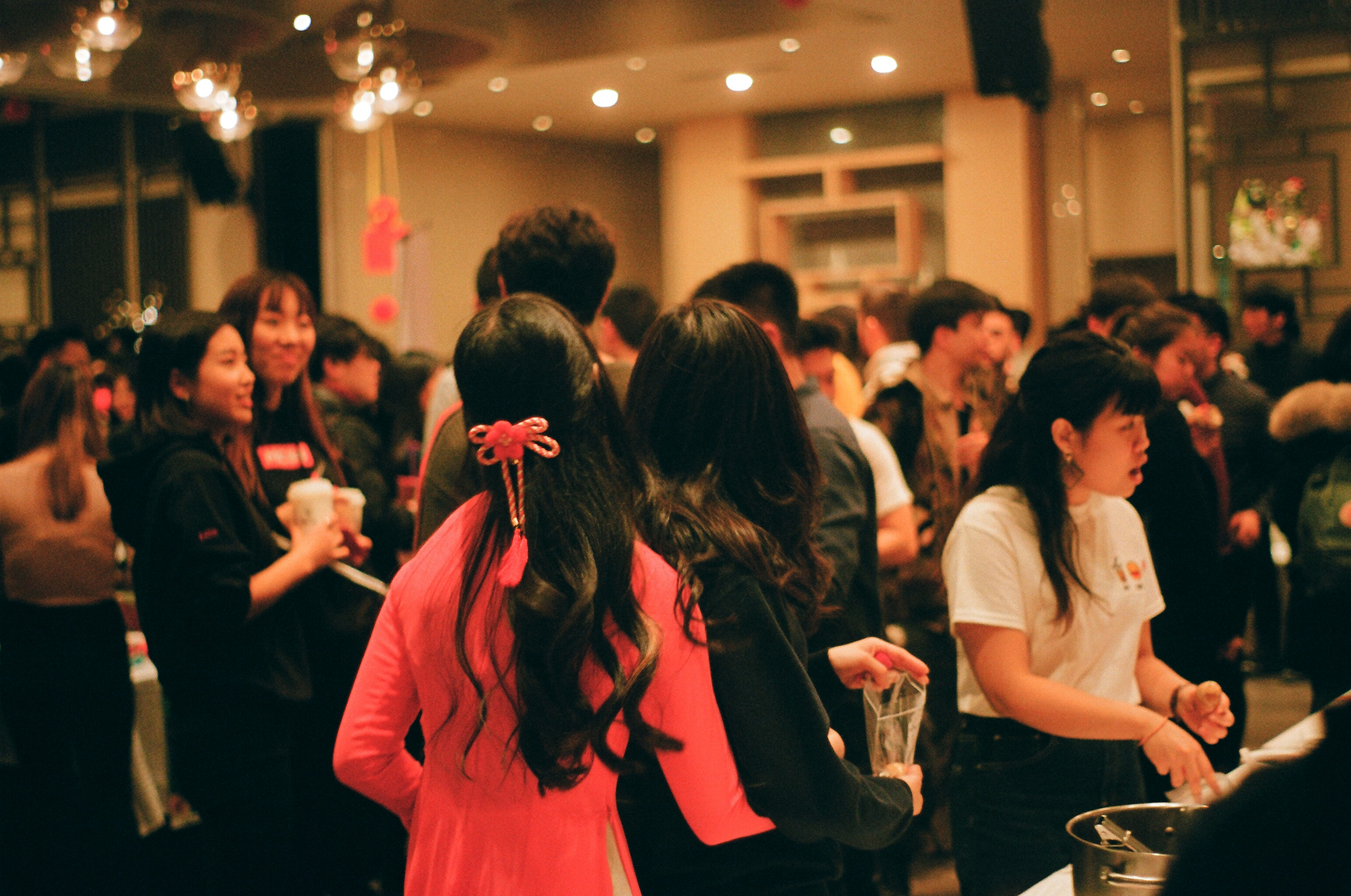Spotlight on
LUNAR
TRADITIONS
February 13th, 2020
 Text and images by Lili Lai
Text and images by Lili LaiEarlier this year, we celebrated the year of the rat, the beginning of a new 12-year cycle. According to popular myths, the order of the twelve zodiac animals was determined in a great race that was hosted by the Jade Emperor. Funny enough, the rat was the first to cross the finish line not by sheer speed but by cleverly riding the ox’s back across the river. Lunar New Year, also known as Tết in Vietnamese begins on the second full moon after the Winter Solstice and is considered one of the most important and longest holidays. Visiting family, enjoying a traditional feast, exchanging greetings, and attending parades are part of the celebrations. When we live in a liberal society that strives for progressive change, I’m asking myself why traditions are still valuable nowadays? And why do they still matter to me?
Much like many other Asian families, this celebration is an opportunity to reunite. Although it was an important holiday in both cultures, I always felt that my family was more mellow during the celebrations. Coming from a mixed Chinese and Vietnamese background, my family’s cultural traditions have often varied. Each side would do things slightly different from the other but there would often be some overlap. Receiving lì xì was one of the biggest commonalities between the two sides. I was told that lì xì, otherwise known as red lucky pockets in English, signified prosperity and good luck. It contained small amounts of money, ‘lucky money’, which is what most kids looked forward to. It is also meant to ward off evil spirits and protect us from illness and tribulation. Whether it was mứt (candied fruit), bánh chưng (sticky rice cakes wrapped in banana leaves), kẹo dừa (coconut candy) at bà’s or the five-course Peking duck set meal at Maison Kam Fung, the best part of any family gathering was definitely the food. Over the years, I’ve continued to learn more about these traditions. Heck, I wasn’t even aware that Lunar New Year lasted more than just a day, that it was actually a 15-day celebration until a few years ago.
Much like many other Asian families, this celebration is an opportunity to reunite. Although it was an important holiday in both cultures, I always felt that my family was more mellow during the celebrations. Coming from a mixed Chinese and Vietnamese background, my family’s cultural traditions have often varied. Each side would do things slightly different from the other but there would often be some overlap. Receiving lì xì was one of the biggest commonalities between the two sides. I was told that lì xì, otherwise known as red lucky pockets in English, signified prosperity and good luck. It contained small amounts of money, ‘lucky money’, which is what most kids looked forward to. It is also meant to ward off evil spirits and protect us from illness and tribulation. Whether it was mứt (candied fruit), bánh chưng (sticky rice cakes wrapped in banana leaves), kẹo dừa (coconut candy) at bà’s or the five-course Peking duck set meal at Maison Kam Fung, the best part of any family gathering was definitely the food. Over the years, I’ve continued to learn more about these traditions. Heck, I wasn’t even aware that Lunar New Year lasted more than just a day, that it was actually a 15-day celebration until a few years ago.

As more and more time passed, the essence of spending time together remained, but the kids grew up and participated less in family functions. It became less festive and more like any other family dinner gathering. Today, my mother no longer brings me and my siblings to Montreal’s Tết festivals; my Vietnamese side no longer gets together and I see less of my Chinese cousins at dinner. I’ve come to realize that the further I moved away from the celebrations of my childhood, the more I wanted to connect with my roots and retain what was deemed ‘traditional’ to me.
In recent years, I felt as though I’ve gained more appreciation for my culture. Perhaps this was simply due to being more immersed in the Asian community since attending a very international university — especially considering my experience of being the only Asian person in my high school classes. Back in those days, I often felt like I had to dilute my identity in order to fit in. Some people would say I was “white-washed”, a slang word used to describe an Asian person who has assimilated to Western culture. Now, I put in more effort to participate in events like Tết and other Chinese/Vietnamese traditions. I want to embrace them. Even if Asian community clubs at school have their less conventional ways of celebrating the Lunar New Year with events such as the McGill Asian associations’ collaborative market-like event, those were always my favourite events to attend. In the small room where this particular event was held, different people clustered around food stands to celebrate one single occasion. Just like a more ‘traditional’ family gathering, there was an abundance of food and it was a joyous noisy shindig. Presently, I’m the one dragging my friends to Tết, getting my parents to put up decorations and dressing up for the festivities of Lunar New Year.
I’m not sure how I will be celebrating next year or if I will be doing so at all. Moving to a whole new place for school, not knowing a single soul makes celebrating events like these appear quite difficult. It also makes me grateful for everything that I have here. Rituals are constantly evolving. Perhaps I’ll develop some new ones while I’m away from home.
In recent years, I felt as though I’ve gained more appreciation for my culture. Perhaps this was simply due to being more immersed in the Asian community since attending a very international university — especially considering my experience of being the only Asian person in my high school classes. Back in those days, I often felt like I had to dilute my identity in order to fit in. Some people would say I was “white-washed”, a slang word used to describe an Asian person who has assimilated to Western culture. Now, I put in more effort to participate in events like Tết and other Chinese/Vietnamese traditions. I want to embrace them. Even if Asian community clubs at school have their less conventional ways of celebrating the Lunar New Year with events such as the McGill Asian associations’ collaborative market-like event, those were always my favourite events to attend. In the small room where this particular event was held, different people clustered around food stands to celebrate one single occasion. Just like a more ‘traditional’ family gathering, there was an abundance of food and it was a joyous noisy shindig. Presently, I’m the one dragging my friends to Tết, getting my parents to put up decorations and dressing up for the festivities of Lunar New Year.
I’m not sure how I will be celebrating next year or if I will be doing so at all. Moving to a whole new place for school, not knowing a single soul makes celebrating events like these appear quite difficult. It also makes me grateful for everything that I have here. Rituals are constantly evolving. Perhaps I’ll develop some new ones while I’m away from home.
ABOUT THE AUTHOR
After graduating McGill University with a degree in Economics, Lili is a currently pursing her MA degree at Rhode Island School of Design. Enraptured by the democratic deployment of contemporary aesthetics and life, she hopes to explore how to integrate diverse art forms into everyday life and how to maintain the aesthetic value of works of art within the context of the commercial art market.
After graduating McGill University with a degree in Economics, Lili is a currently pursing her MA degree at Rhode Island School of Design. Enraptured by the democratic deployment of contemporary aesthetics and life, she hopes to explore how to integrate diverse art forms into everyday life and how to maintain the aesthetic value of works of art within the context of the commercial art market.








